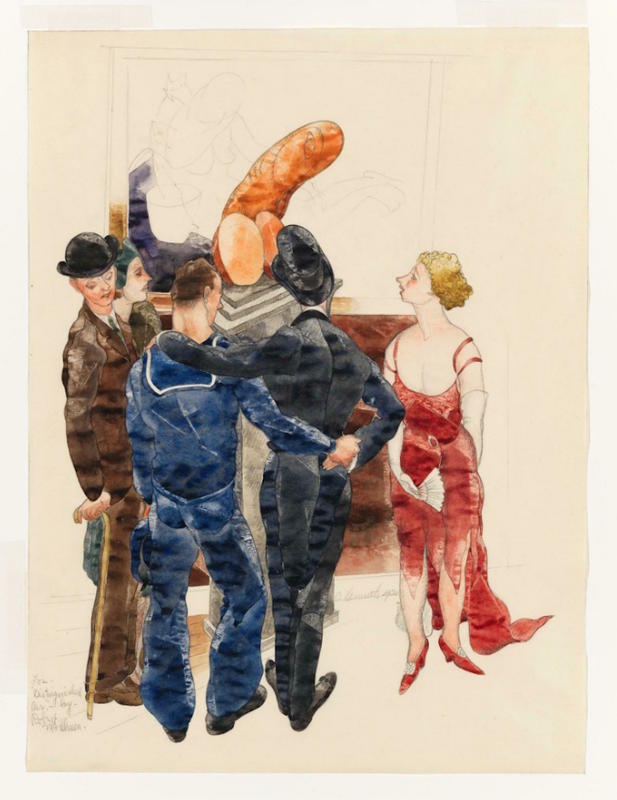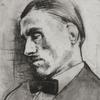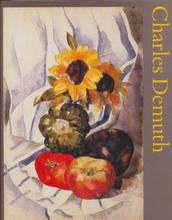More about Distinguished Air
- All
- Info
- Shop

Contributor
Distinguished Air is a Charles Demuth watercolor illustration for a short story written by Robert McAlmon.
McAlmon was close with James Joyce, for whom he served as a publicist, and with the great novelist Djuna Barnes and the photographer Berenice Abbott. He was not friends with Ernest Hemingway because he apparently outed the poor man. A friend of McAlmon, Demuth didn't seek controversy, but it found him when several exhibitions passed on the opportunity to show Distinguished Air. Rather than dialing down the in-your-face sexual theme, Demuth doubled down, producing low-budget porn cartoons of sailors waving around absurdly disproportionate, balloon-animal-shaped members. It was truly in the vein of the prestigious satyr images of ancient Greek vases, but the art world didn't seem to appreciate it.
Demuth found his own work so precious and advanced that he wished he could afford not to share it publicly. When he did, it stood as a lightning rod, or like the Bourgeois-esque sculpture in Distinguished Air, to notify everyone of who he was. Ironically, it incensed those responsible for keeping people closeted, for repressing all femininity, who were offended by that ancient symbol of masculinity.
When it comes to writing about watercolors about short stories, there is little standard for historical accuracy: some authors claim that the great drooping curved metal phallus, somewhat resembling a Smurf hat, is a sculpture called Mme Pogany by Constantin Brancusi, and others claim it is Brancusi's Princess X. It looks like Princess X to me, but the shapes of the two works are similar. Oddly enough, the scene in Distinguished Air never actually occurs in McAlmon's short story: it's an early "fan fiction" based on Demuth's interpretation of the story, which was about the life of an effeminate dandy in Berlin.
Sources
- Charles Demuth: Memorial Exhibition, December 15, 1937 to January 16, 1938, Whitney Museum of American Art, New York. New York: Whitney Museum, 1937.
- Cooper, Emmanuel. The Sexual Perspective: Homosexuality and Art in the Last 100 Years in the West. London: Psychology Press, 1994.
- Mann, William J. Gay Pride: A Celebration Of All Things Gay And Lesbian. New York: Citadel, 2004.
- Reed, Christopher. Art and Homosexuality: A History of Ideas. Oxford: Oxford University Press, 2011.
- Smoller, Sanford J. The Nightinghouls of Paris. Champaign, IL: University of Illinois Press, 2010.
- Tashjian, Dickran. William Carlos Williams and the American Scene, 1920-1940. Berkeley: University of California Press, 1978.
- Vidal, Gore. Palimpsest: A Memoir. New York: Penguin, 1996.












